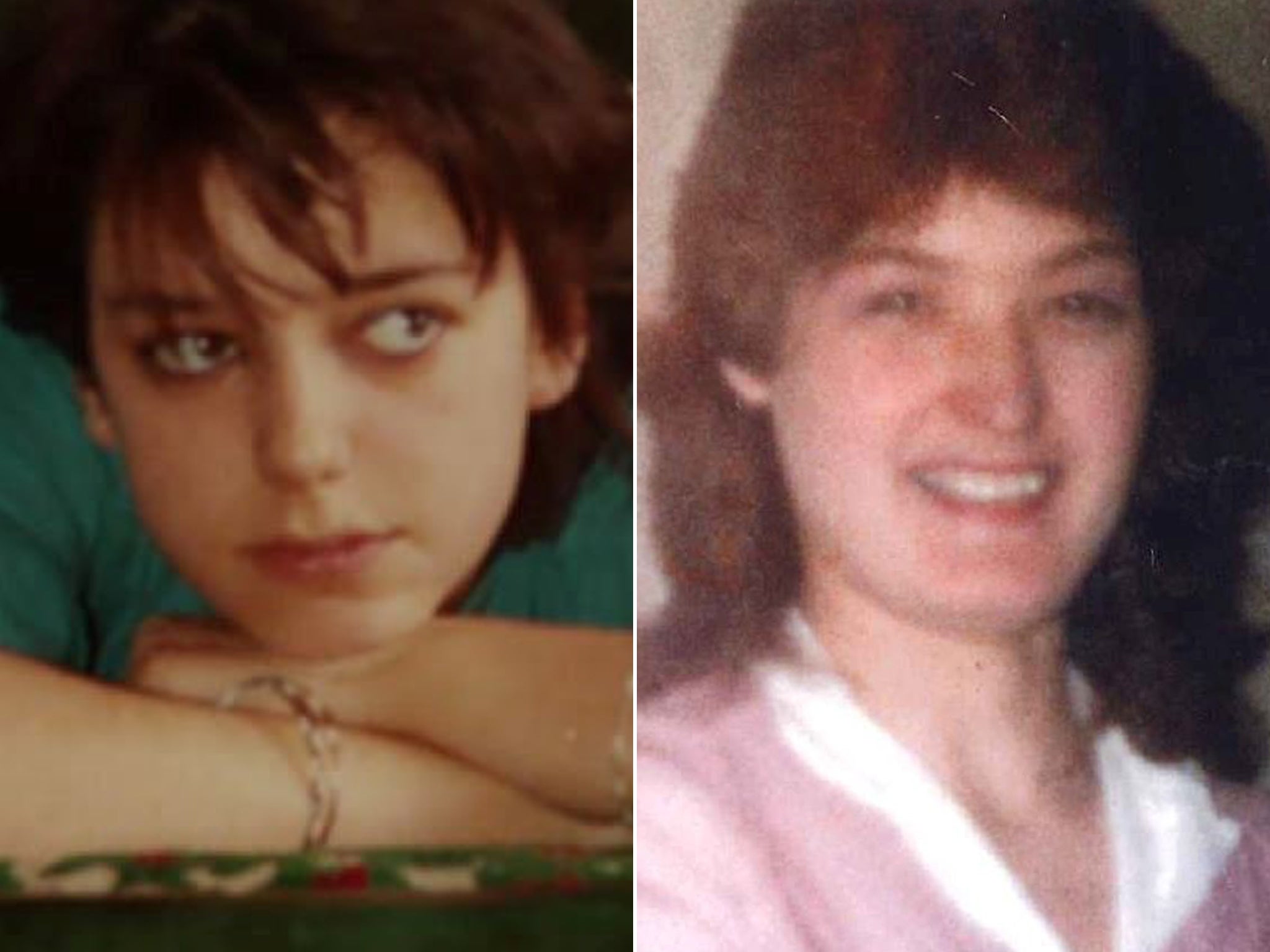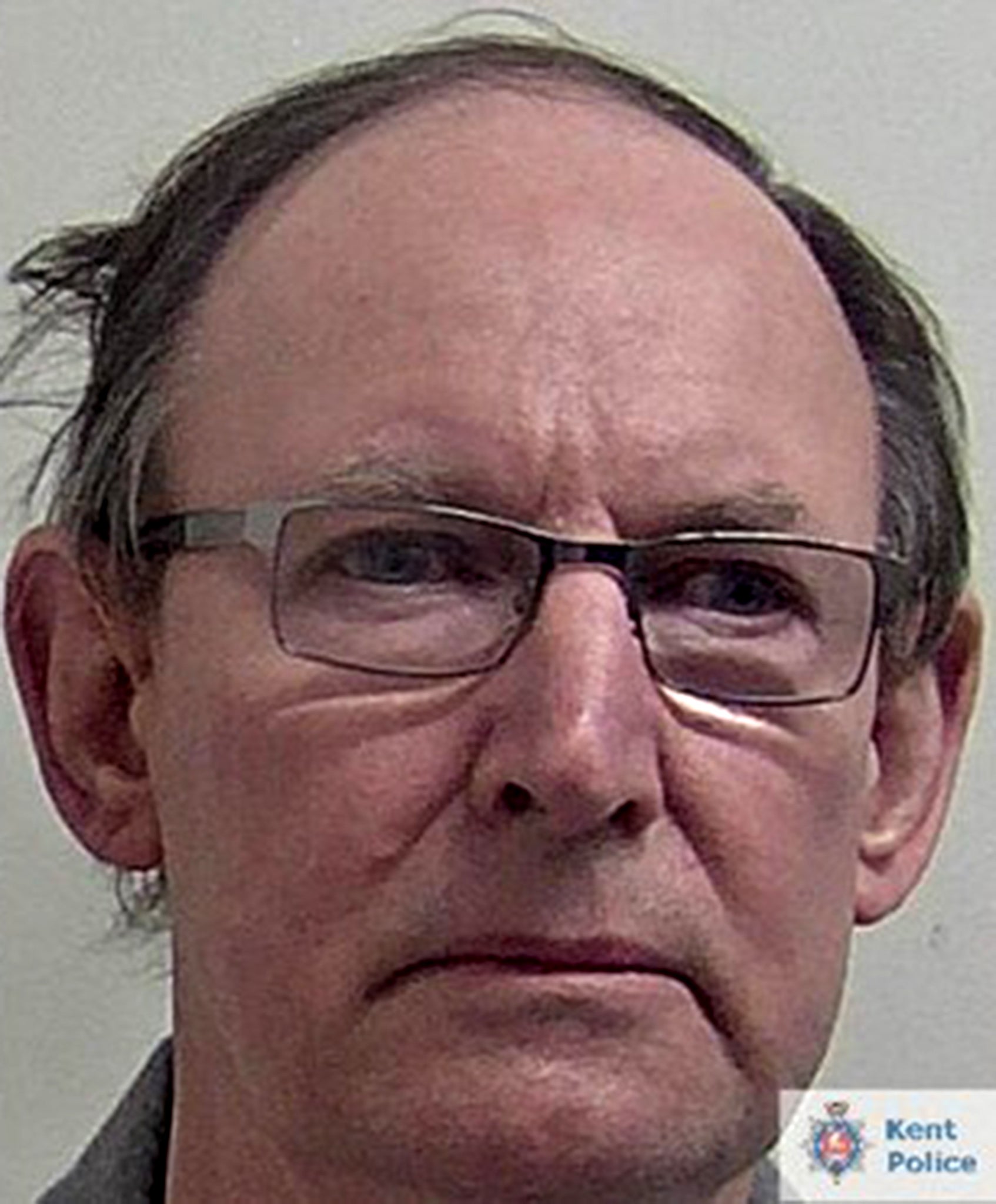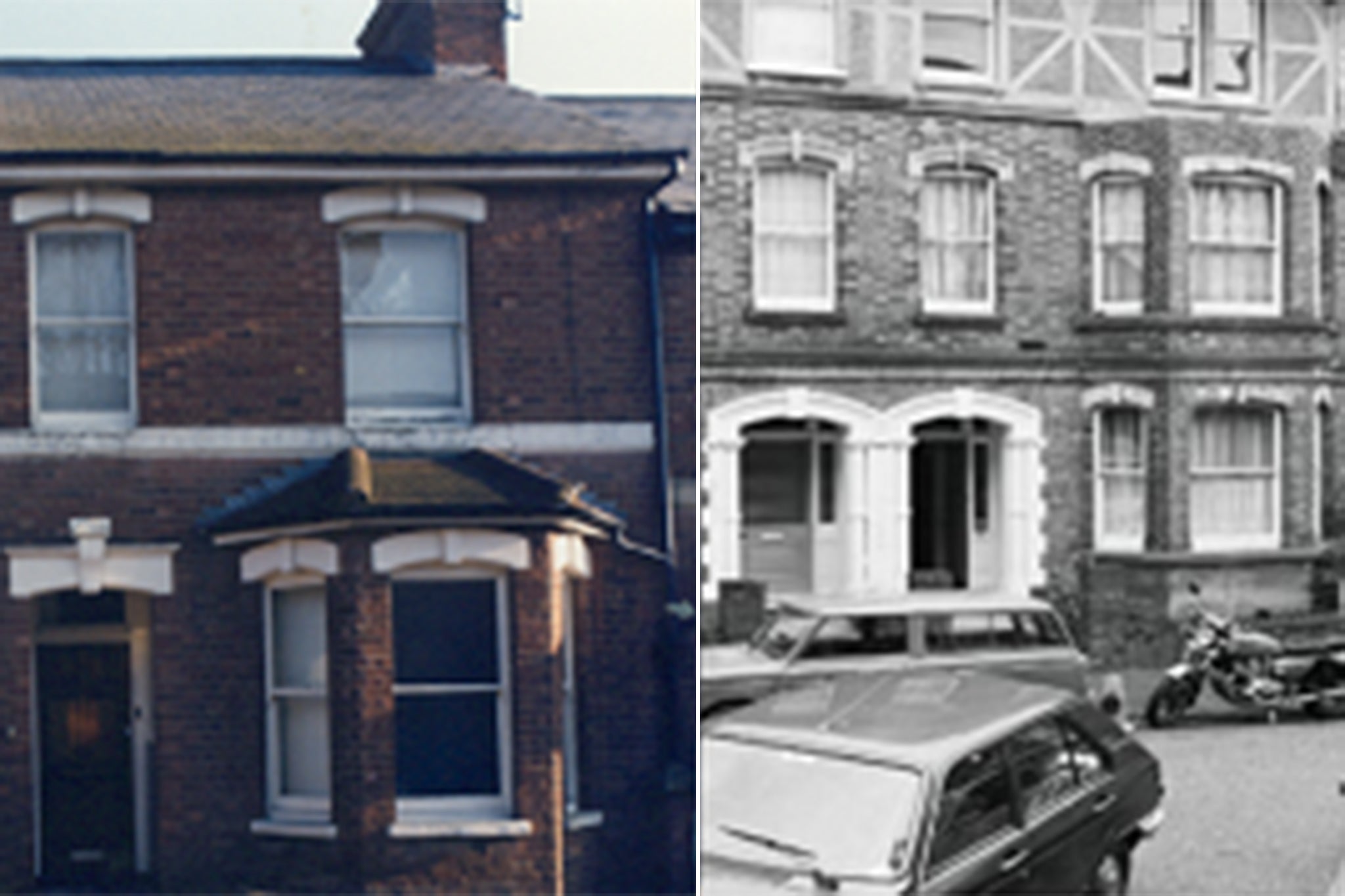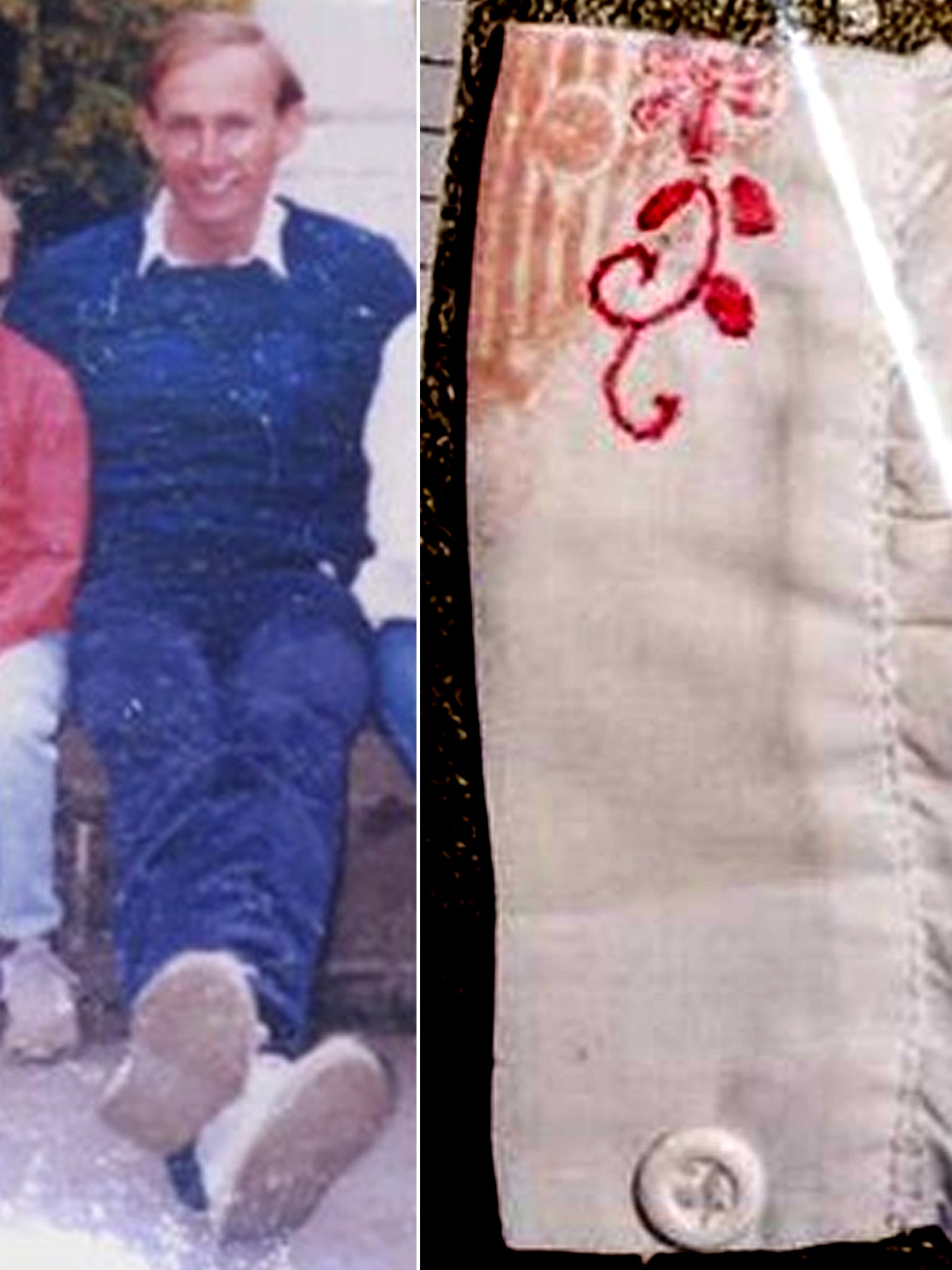David Fuller: How cold case arrest for 1987 murders uncovered sexual abuse of dead women and children
Cracking of 'Bedsit Murders' case led police to uncover more of the darkest crimes

David Fuller’s sexual abuse of at least 100 dead women and children was only uncovered after he was arrested during lockdown for the 1987 murder of two women.
The hospital electrician, 67, is awaiting sentencing after pleading guilty to the murders of Wendy Knell and Caroline Pierce in Tunbridge Wells.
He previously admitted the killings on diminished responsibility, denying murder, but changed his plea days into a trial at Maidstone Crown Court.
Fuller, of Heathfield, East Sussex, earlier pleaded guilty to 51 charges relating to sexual offences against corpses he accessed in two Kent mortuaries over 12 years.
The charges included sexual penetration of corpses, taking and possessing indecent images of children, possessing extreme pornographic images and voyeurism.

Having evading justice for 33 years, Fuller was arrested after being linked to the killings, known as the “Bedsit Murders”, by a reassessment of DNA evidence.
On searching his home, police found he had four million images of sexual abuse in his possession.
Most were downloaded onto harddrives from the internet onto but police also found footage he had filmed of himself carrying out attacks inside the now-closed Kent and Sussex Hospital and the Tunbridge Wells Hospital, where he had worked in electrical maintenance roles since 1989.
30 years unsolved: The Bedsit Murders
On 23 June 1987, the 25-year-old Wendy Knell was found dead by her boyfriend in her bedsit flat on Guildford Road, Tunbridge Wells after failing to show up for work. She had been been sexually assaulted, beaten and strangled.
Five months later, the 20-year-old Caroline Pierce was abducted outside her bedsit less than a mile away in Grosvenor Park. She was found dead three weeks later and more than 40 miles away in a roadside dyke near Romney Marsh by a farm worker. She was naked besides a pair of tights and had been sexually assaulted, beaten and strangled.

Police found no clear signs of forced entry into Knell's flat. Among scant evidence was a shoeprint on a blouse left on her floor which police determined likely to belong to a Clarks Sportstrek trainer.
Forensic clues were recovered from both murder scenes but the primitive DNA profiling of the 1980s meant no matches could be identified.
Cold case teams had been confident that it was only a matter of time before the process would allow them to identify the killer.
In 1999, advances in the science allowed detectives to put together a full DNA profile of the suspect in Knell's murder, but no matches were found in the National DNA Database (NDD).
The NDD was reviewed several times over the next 20 years, but the two murders were not linked forensically until 2019.
After the link was found, detectives were able to compile a list of 1,000 names that were most closely genetically related to the evidence.

They identified 90 priority individuals from the set, and after taking voluntary DNA samples from 20 of them they came across someone who had not previously been on the NDD.
They then identified Fuller, then a 66-year-old man living in a small town in the East Sussex countryside, as a relative.
He was determined to be a suspect and was arrested in the early hours of 3 December 2020.
As police searched his house — where they uncovered evidence of the mortuary crimes — they found a photo that appeared to have been taken in 1987 of Fuller wearing what looked like Clarks Sportstrek trainers.
During initial police interviews, Fuller claimed he did not know Tunbridge Wells very well, nor where the victims lived.
However, it was later found that in the early 80s he had lived on Guildford Road, the same road as Knell. He was also found to have been very familiar with the Romney Marsh area near where Pierce's body was discovered, having holidayed there in the 1980s. He also went on bike rides directly along the road where she was found.

Fuller had also kept evidence of himself visiting the Buster Browns restaurant where Pierce worked and had photos in sleeves from SupaSnaps — the company Knell worked at when she was killed.
A DNA sample of Fuller was taken and linked to that which was found on Pierce’s tights as well as a duvet, a pillowcase and a towel in Knell’s home. The CPS said the DNA on the towel made it one billion times more likely that Fuller was the killer.
After Fuller admitted to the murders on Thursday, Knell's family said in a statement: “For 34 years we, as a family, the police and press have been focusing on what actually happened to Wendy, wanting to know who did it and how she spent her last moments alive.
”We now know and sadly it is much worse than we could ever have imagined. Hopefully, we can now start to grieve and move past the pain, and start to remember her as the beautiful, kind, generous, caring, funny girl she was. She had a smile and a kind word for everyone.“
Subscribe to Independent Premium to bookmark this article
Want to bookmark your favourite articles and stories to read or reference later? Start your Independent Premium subscription today.
